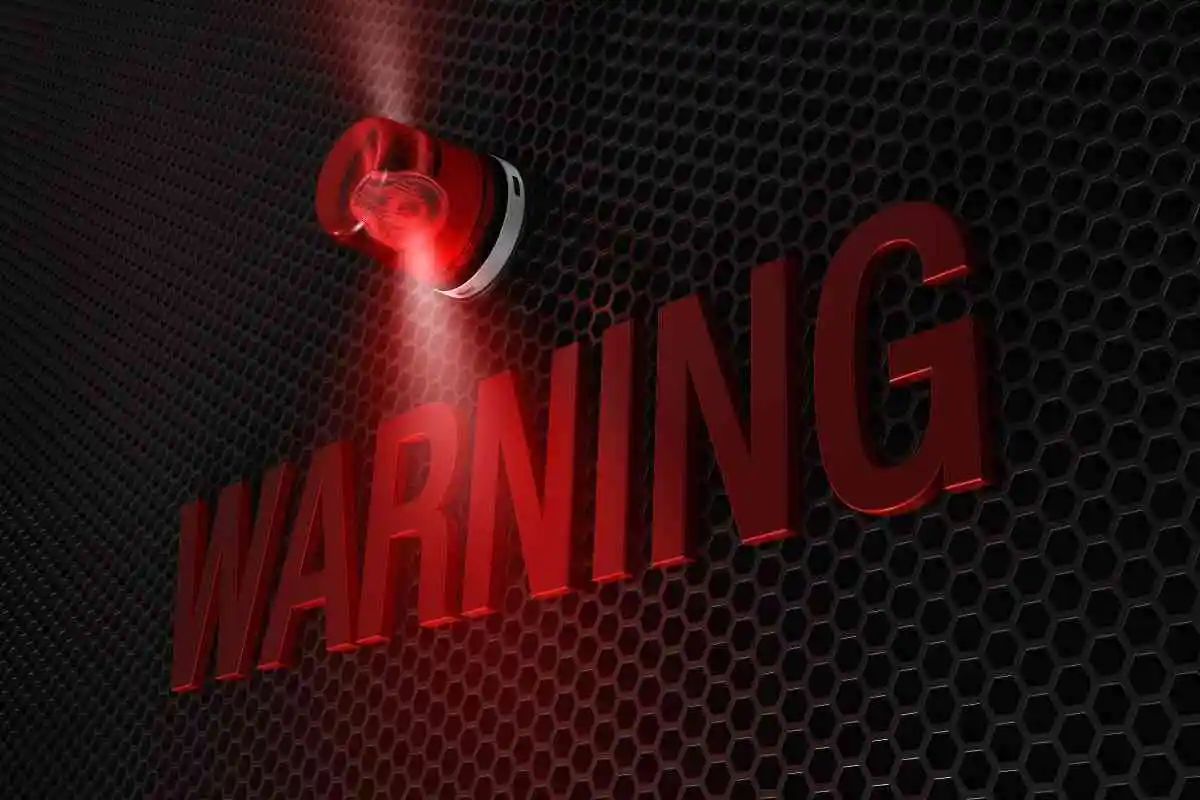Have you encountered a warning in your browser that says you are trying to access an unsafe site? Find out how to act against these warnings.
When we browse the Internet, sometimes we may encounter warning messages when visiting certain websites through our devices. One of the messages we may have encountered is, “The connection is not private.” This warning may be an indication to be alert. Still, it does not necessarily mean we are dealing with a malicious or fraudulent website. Next, we will discuss why this message appears and what actions you should take depending on each situation.
What does ‘The connection is not private’ mean?
When you see such a message in your browser, the website you are trying to access has not established a secure connection using a valid SSL/TLS certificate. These certificates are essential to encrypt the communication between your browser and the website; they are like a digital lock that guarantees that your data travels safely over the Internet.
This is important because when you visit a website, your browser and website exchange information, such as passwords, personal data, and credit card numbers, for example. So when you see the message “The connection is not private,” it is a warning from your browser to be careful because the information you send to the website may not be protected.
Why does this message appear?
When you browse the Internet, you may encounter this message even on pages we know are legitimate and trustworthy. This warning can be caused by several reasons, mainly because the website has problems with its security certificate, for example:
- For an expired certificate,
- Not valid;
- Incorrectly configured;
- Or a certificate issued or generated by a Certification Authority (CA) not recognized by the browser, such as its own CA, which may be legitimate (e.g., generated by a state public entity for a public administration website) or fraudulent (e.g., created by a cybercriminal for malicious websites).
For all these reasons, sometimes, when we access legitimate government pages, the browser displays the message mentioned initially. Likewise, if we access a fraudulent website with a certificate containing any of the above characteristics, it may also appear.
How can I verify that the page we are trying to access is legitimate or malicious? When should we ignore this message or take it into consideration?
Recommendations to follow to check a website
First of all, note that the fact that a page uses “http” instead of “https” does not automatically guarantee that it is malicious. And vice versa, just because a website starts with “https” does not necessarily mean that it is secure since, as we have mentioned before, a cybercriminal can use a certificate for his fraudulent website to give it greater credibility in the eyes of less experienced or trusting users. However, there are some signs and best practices you can follow to evaluate whether a page is legitimate or potentially malicious:
Examine the full URL: Make sure the web address is consistent with the legitimate site you hope to visit. Fake websites often have URLs similar to legitimate ones but with minor differences, for example, replacing some words or characters.
Be cautious with unsolicited links: If you receive a link via email, text message, or social media from an unknown or unexpected source, be cautious when clicking on it. Social engineering campaigns typically use links to redirect users to fake sites.
Confirm legitimacy from reliable sources: If you have doubts about the authenticity of a website, seek additional information from reliable sources. You can search the website of the company or entity separately in a reliable search engine or verify its authenticity through official communication channels: telephone, offices, etc.
Useurl analysis tools: You can analyze the web page to tell you if it is a trustworthy or potentially malicious site.
After having carried out all these checks, only when we are sure that it is the official website we will click on the underlined option of the message displayed by the browser, “Access URL (not secure site),” in this way, we will tell the browser that we assume the risk and that we want to continue browsing this website. If in doubt, it is better to refrain from browsing this website.
Tips to stay safe when browsing the Internet
In addition to all the previous recommendations, it is interesting that you apply the following tips to stay protected while browsing.
Keep the updated device software: Ensure your operating system, browsers, and installed programs are always updated to the latest version. These often include important security fixes that protect your devices.
Use an antivirus program: Install and keep a reliable antivirus program updated on your device. This will help you detect and prevent possible threats affecting your devices and their information.
Be careful on public networks: Avoid conducting financial transactions or sharing confidential information while connected to public or open networks. Use a VPN to protect your connection or your mobile phone data if required.
Stay aware of cybersecurity: Stay informed about the latest threats and good security practices, establishing optimal configuration of your devices and online privacy.
